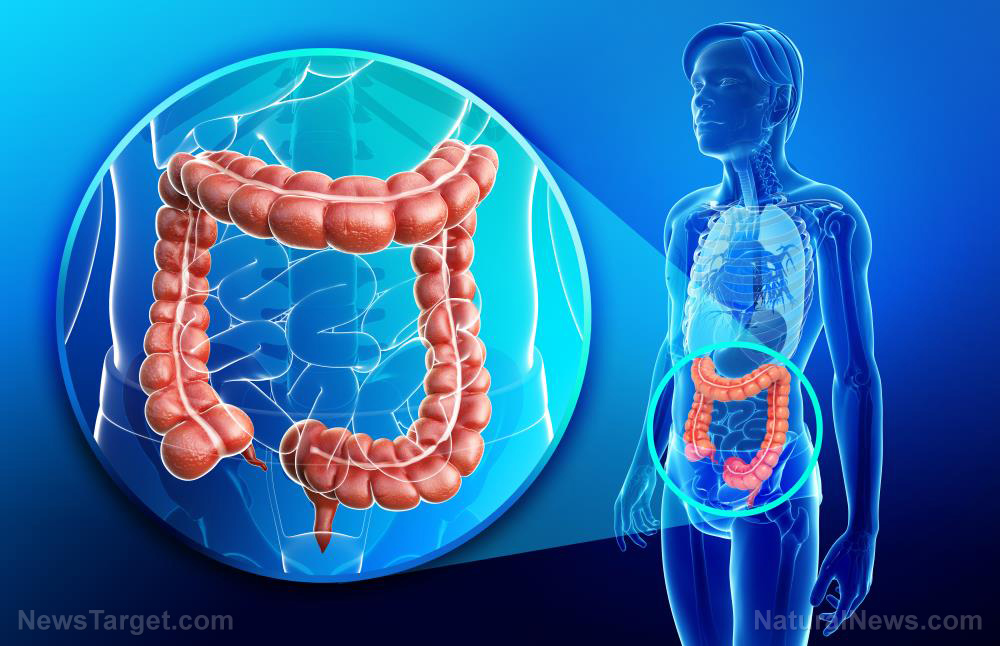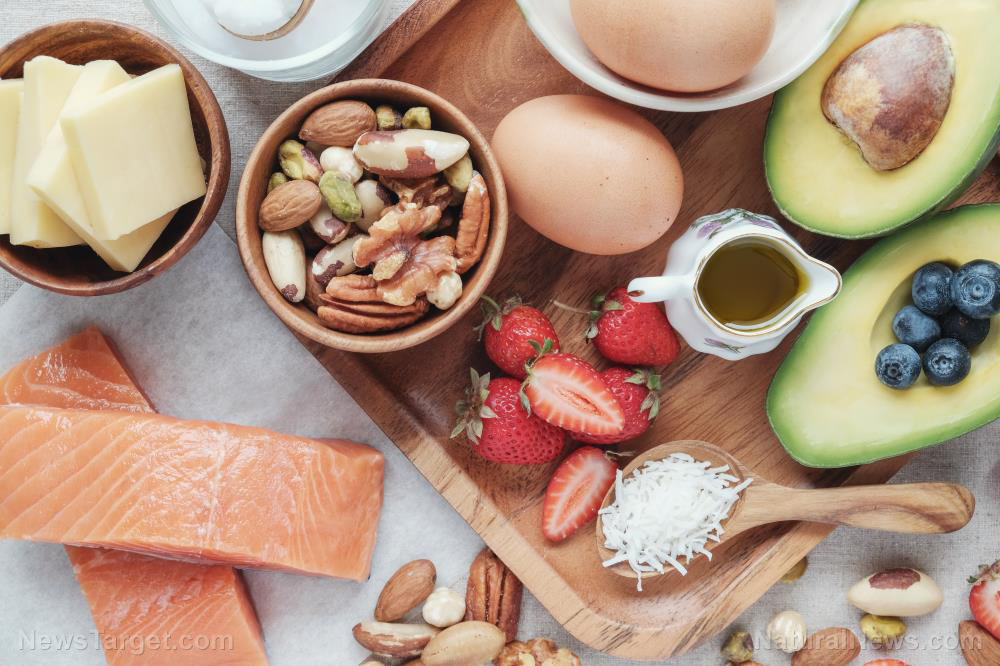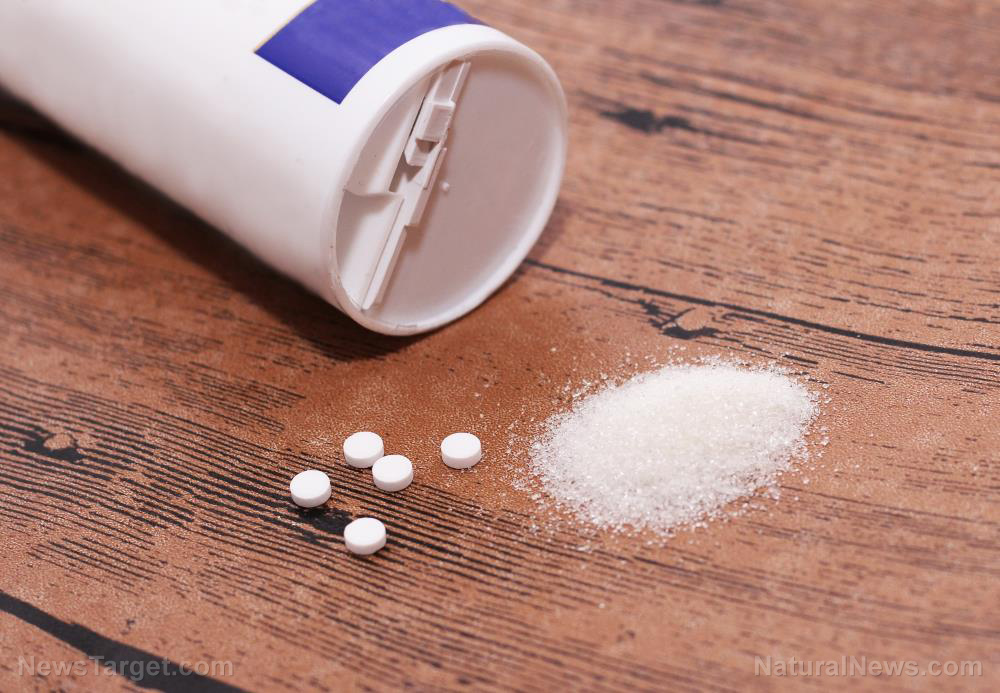Hormone-disrupting chemicals in our homes could be detrimental to immune health, raising the risk of COVID-19
08/24/2020 / By Divina Ramirez

Since authorities declared the pandemic in March and set quarantine protocols, the skies have cleared up due to reductions in man-made causes of air pollution. This is a good thing, as long-term exposure to air pollution has been found to raise the risk of COVID-19.
But scientists are starting to shed light on another group of threats that might be far deadlier than air pollution in light of the threat of COVID-19: toxic chemicals. From insecticides to non-stick pans, thousands of harmful chemicals could be lurking in common household tools and products.
Exposure to these chemicals can impair the normal functioning of hormones implicated in proper immune response to infection and disease. Exposure can also lead to premature death if it occurs alongside debilitating diseases that also affect immune health, according to the Centers for Disease Control and Prevention (CDC).
Taken together, hormone-disrupting chemicals and preexisting chronic conditions can doom a COVID-19 patient to a greater risk of death from his or her complications or place the immunocompromised at a heightened risk of contracting the infamous disease.
Hormone-disrupting chemicals in household items
Essential household chores like cleaning and cooking could be raising people’s risk of exposure to toxic chemicals. The chemicals used to manufacture non-stick and stain-resistant coatings in pans, for instance, can harm human health.
These chemicals, called perfluorinated compounds (PFCs), can accumulate in tissues and disrupt the production of hormones essential to a host of important processes, including immune response to infection and disease.
Scientists find that under high heat, non-stick pans also release toxic fumes. Pet birds exposed to these fumes could die and the inhalation of the fumes in humans could lead to polymer fume fever that causes discomfort in the chest, irritating cough and general malaise.
On the other hand, cosmetic products, such as lipsticks, nail polishes and fragranced lotions, also contain another group of toxic chemicals called phthalates. These chemicals, sometimes dubbed plasticizers, are used to make plastics more flexible and harder to break.
But past studies found that phthalates can disrupt hormone production. The chemicals are also suspected to influence signaling molecules that aid cell to cell communication in immune response to infection and disease.
Because of its reported detrimental effects, the European Union (EU) has been tightening restrictions on the use of phthalates in consumer products since 2003.
The same cannot be said for the U.S., as cosmetic products and ingredients are not subject to approval from the Food and Drug Administration (FDA) before being introduced to the market.
Exposure to toxic “forever chemicals” leads to poor immune health
Recent lab tests commissioned by the Environmental Working Group (EWG), a non-profit organization dedicated to protecting human health, found toxic fluorinated chemicals called perfluoroalkyl substances (PFAS) in major water supplies across the U.S.
This is the first time that the chemicals have been detected for certain in drinking water. PFAS have long been associated with a number of adverse health outcomes and complications. For instance, scientists found that children exposed to these chemicals had weak antibodies and developed worse immune responses to vaccines.
In adults, exposure to the most notorious of these chemicals could reduce immune cells’ resistance to infectious disease. PFAS have also been associated with cancer and liver damage, according to past epidemiological studies.
Nonetheless, there are no binding federal regulations for controlling the amount of PFAS in drinking water supplies. Official plans to regulate the said chemicals had just begun in March, and the Environmental Protection Agency (EPA) must pass through a complex set of steps before it can regulate the contaminants.
Poor nutrition and food packaging: A fatal combination
Harmful chemicals that can exacerbate the threat of COVID-19 are also present in foods and food packaging. In the U.S., processed foods tend to be devoid of vitamins, minerals and antioxidants. These components are all critical to normal immune function.
Further complicating this situation is the fact that the plastic used to package these foods contain a toxic chemical called bisphenol A (BPA). This chemical can increase the production of interleukin-6 (IL-6). Elevated levels of this molecule are often seen in conditions like rheumatoid arthritis and lupus.
BPA is also one of the more popular and studied hormone-disrupting chemicals because of its ubiquitous presence in food containers, thermal paper receipts and aluminum cans. For this reason, it’s possible that people are more at risk of exposure to this chemical in light of the pandemic.
For one, the threat of COVID-19 is causing people to purchase goods that can be stocked for months at a time, such as canned meat, canned soup and other prepackaged foods. Together, poor nutrition from these foods and exposure to BPA from their packaging can be quite damaging to immune health.
In people with diabetes and other chronic disease patients, the combined impact of their condition and exposure to hormone-disrupting chemicals from foods, household products and potable water can heighten their risk of contracting COVID-19 and exacerbate COVID-19 mortality.
Limiting exposure to toxic chemicals
Federal agencies are still behind on enacting binding regulations for most hormone-disrupting chemicals that people are exposed to on a regular basis. Moreover, preexisting chronic conditions that take a toll on immune health cannot be cured overnight.
Therefore, it’s imperative that people take it upon themselves to limit their exposure to toxic chemicals that can exacerbate COVID-19 risk. Some simple and doable preventive measures include adopting a balanced diet, increasing the intake of fresh and nutrient-rich foods, getting enough sleep, managing stress and exercising.
These measures are also regarded as cornerstones in reducing the risk for most chronic diseases, in general. As such, practicing these healthier habits can help in reducing the increasing burden of chronic diseases in the U.S.
Sources include:
Tagged Under: BPA, chemicals, chronic disease, coronavirus, covid-19, diabetes, immune system, indoor air, infections, liver damage, outbreak, pandemic, PFAS, phthalates, toxic chemicals, toxic water, toxins




















